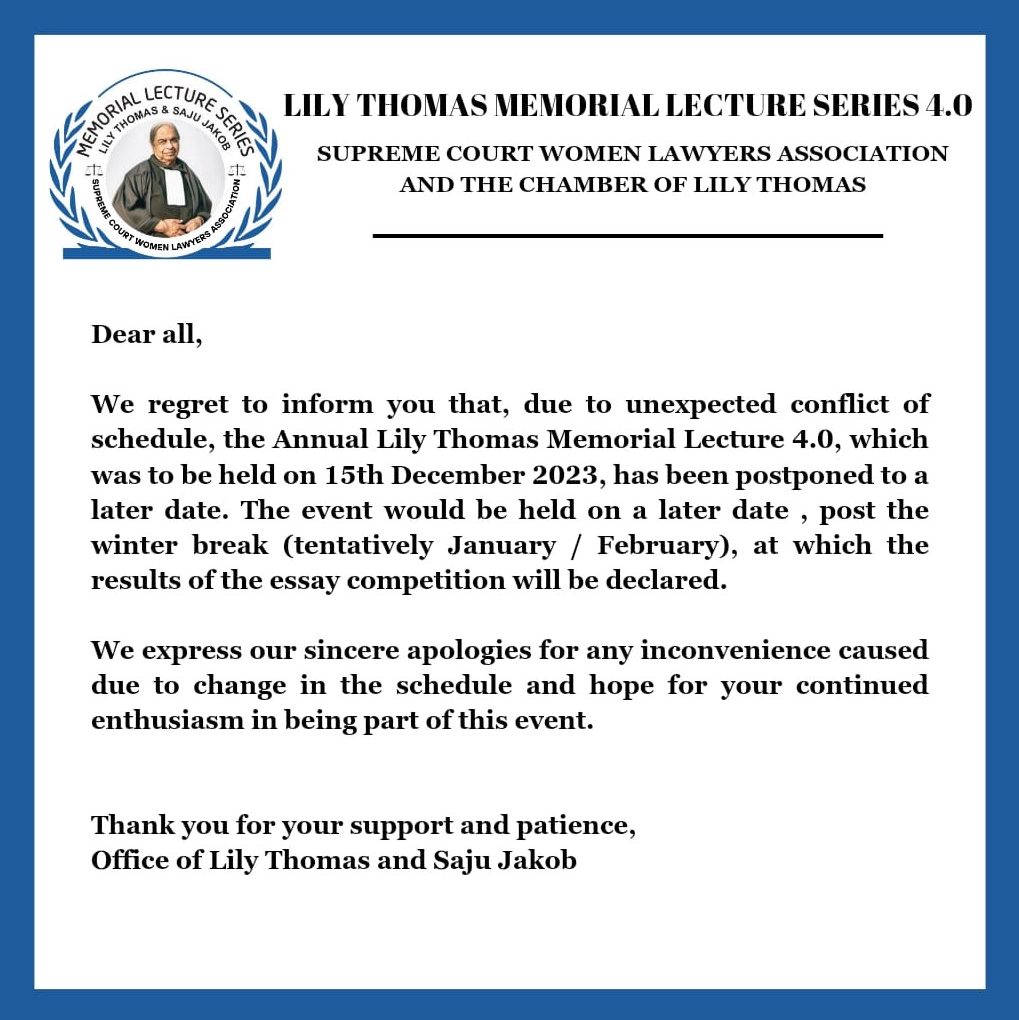WEDNESBURY PRINCIPLE OF REASONABLENESS
(BY ADVOCATE MILI VERMA FROM THE LAW OFFICE OF LILY THOMAS AND SAJU JAKOB)
Wednesbury Principle also known as the principle of reasonableness draws its origin from the Associated Provincial Picture Houses Ltd v Wednesbury Corporation (1948) 1 KB 223 a case before the United Kingdom Court of Appeal, it was held “that if the decision of competent matter is so unreasonable that no reasonable authority could ever come to it, then the courts can interfere.” The Wednesbury Principle refers to a standard of unreasonableness used in assessing the application for judicial review of a public authority’s decision.
Wednesbury Rule of arbitrariness and unreasonableness are often interpreted by the courts in a manner that when the “Court finds that the punishment imposed by the disciplinary authority is shockingly disproportionate to the gravity of misconduct established against the delinquent employee. “Lord Diplock in Civil Services Union v. Minister of Civil Service remarked that a decision will be struck down based on Wednesbury principles when so” outrageous in its defiance of logic or of accepted moral standards that no sensible person who had applied his mind to the question to be decided could have arrived at it.
The doctrine of proportionality though derives its roots from the Wednesbury Principle still is divergent from and a step ahead of the Wednesbury Principle.
Sir John Laws has described ‘proportionality’ as a principle where the court is concerned with the way in which the decision maker has ordered his priority.
The doctrine of Proportionality perpetrates that there must be a reasonable nexus between the desired result and the measures taken to reach that goal. The action taken must not be shockingly disproportionate to the consciousness of the court and the said action can then be challenged by way of judicial review.
